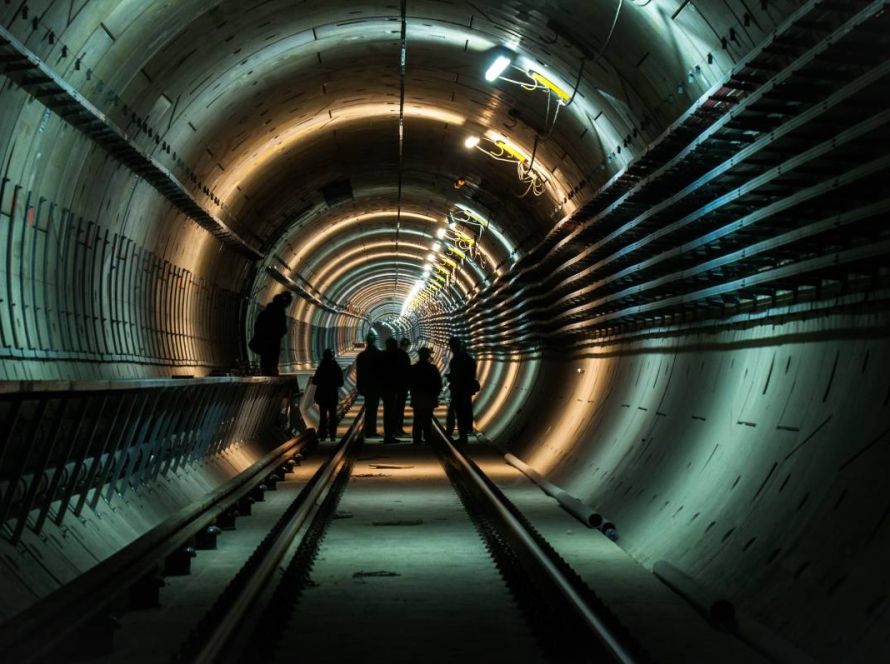Introduction:
The infrastructure sector operates under multiple financial and execution models. Two of the most prominent are the EPC (Engineering, Procurement, and Construction) model and the HAM (Hybrid Annuity Model). Understanding the differences between these models is crucial to grasp how India’s infrastructure is built and financed.
What is the EPC Model?
- The contractor is responsible for the entire project—from design to execution.
- The government or private entity provides 100% of the funding.
- Commonly used for large-scale projects like highways, expressways, and metro systems.
- HMPL’s EPC Projects:
- Samruddhi Mahamarg
- Mumbai-Goa Highway Package
- Samruddhi Mahamarg
What is the HAM Model?
- A mix of government funding (40%) and private investment (60%).
- The private company constructs the project and receives annuity payments over time.
- Ensures long-term financial sustainability for developers.
- HMPL’s HAM Projects:
- Mumbai-Goa PKG-6 Project
- Mumbai-Goa PKG-6 Project
EPC vs. HAM – Which is Better?
|
Factor |
EPC Model |
HAM Model |
|
Funding |
100% by the government |
40% by the government, 60% private |
|
Risk |
Higher for the contractor |
Shared between government & contractor |
|
Payment |
One-time payment post-construction |
Recurring annuity payments |
|
Suitability |
Large-scale infrastructure projects |
Long-term public-private projects |
Conclusion:
Both EPC and HAM models have their unique advantages. As a leader in infrastructure development, HMPL strategically undertakes both types of projects to contribute to India’s growth efficiently and sustainably.


